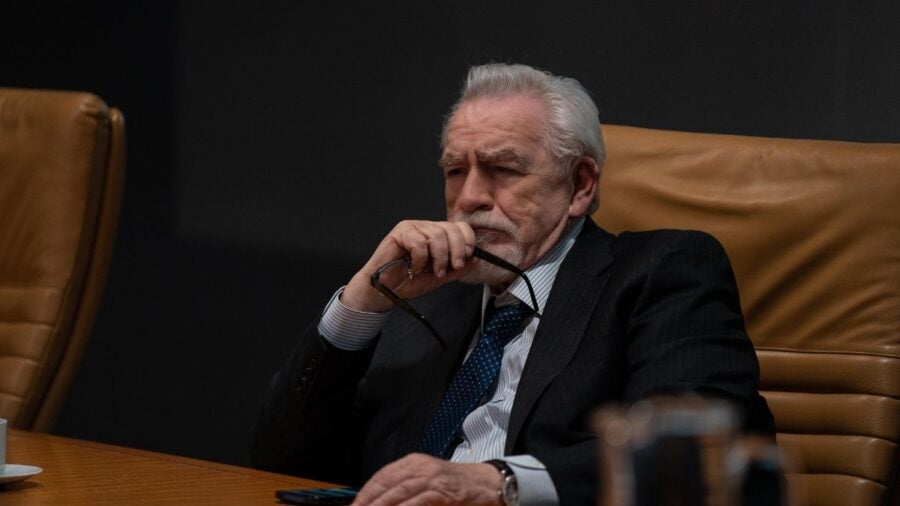
Succession, which follows the Machiavellian manoeuvrings of the Roy family, returns to UK screens for its fourth season on Monday.
This final season promises to answer the overarching question that has propelled the narrative of the show so far: which, if any, of Logan Roy’s children will assume his position as CEO of the media conglomerate Waystar Royco?
While parallels can be drawn between the fictional firm – which has divisions in print media, broadcast and its own adventure parks – and Rupert Murdoch’s business empire, there have been numerous tales of contested successions from the corporate world that could rival some of the plotlines on the show.
The bad
Battle of the Bobs at Disney
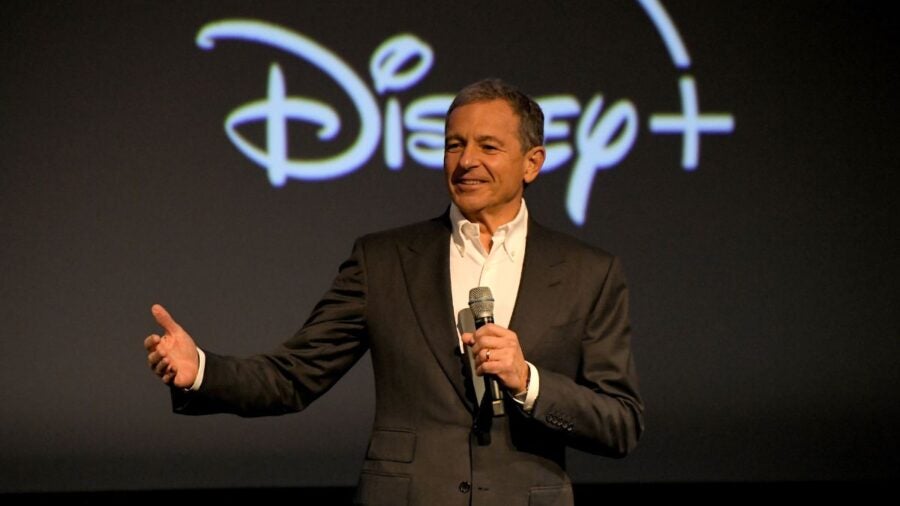
On passing the torch to Bob Chapek in 2020, Walt Disney Company CEO Bob Iger told shareholders: “I can’t think of a better person to succeed me in this role.”
But in replacing Iger, who had led the entertainment giant for 15 years prior, Chapek was faced with a stern challenge. Weeks after he took the reins, Covid-19 quarantine restrictions were put in place across the world, forcing Disney to close its famous theme parks.
And it didn’t take long for the two Bobs to fall out. In May, Iger, who was elevated to the role of executive chairman, informed the New York Times that, with the company facing “a crisis of this magnitude”, he would have to abandon his plans to pull back from leading the business and help Chapek run the company.
According to Disney insiders, the story enraged Chapek, who had not asked for Iger’s help. The pair have reportedly struggled to repair their relationship in the time since and it triggered a power struggle that could rival those at Waystar Royco.
A series of blunders, including his decision to release Black Widow exclusively on Disney’s streaming service and an employee-led walkout over the company’s slow response to Florida’s ‘don’t say gay’ bill, put mounting pressure on Chapek.
When the company’s 2022 fourth-quarter results came through, the writing was already on the wall. Despite attempts from Chapek to put a positive spin on the financial figures – emphasising the 12 million additional subscribers it brought to its streaming services – investors were alarmed to see losses from its direct-to-consumer division more than double to $1.5bn.
Disney’s shares fell by 12% the next morning and, less than two weeks later, the board issued a statement that it had parted ways with its chief executive, replacing him with Iger. On hearing the news, one Disney executive messaged a reporter “Daddy’s back!”. Chapek had lasted only 22 months in the role.
Howard Schultz boomerangs back to Starbucks
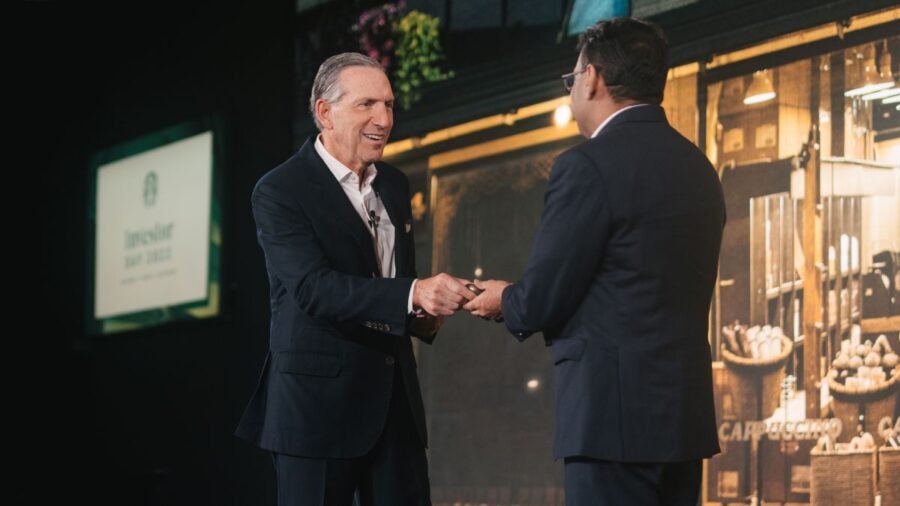
Starbucks offers another cautionary tale of the perils of poor succession planning. The board has failed to find a long-term successor to Howard Schultz twice and he has now served as CEO of the company on three separate occasions.
Schultz established a reputation as a “legendary” leader since first joining the company in 1982. During his time as CEO he has helped take the company on a remarkable journey of growth from 2,800 cafes to the world’s biggest coffee-house chain, with 32,000 stores worldwide.
His initial 13-year stint as CEO came to an end in 2000, when he was succeeded by Orin Smith. The market responded with a 28% drop in Starbucks’ share price. Smith’s time at the top of the company is widely considered to have been a success, overseeing the opening of 10,000 new locations. But Schultz was called upon once more to guide the firm through the turbulence of the financial crisis in 2008.
Another nine years as CEO followed for Schultz, who abdicated the role for a second time in 2017. This time Kevin Johnson, who was hand-picked by Schultz, was tasked with filling his shoes. But when Johnson retired from the role five years later, the board turned to Schultz again, who took the mantle of interim CEO again last year.
The overreliance on Schultz has created frustrations for shareholders, who have seen it as an indication that the board has repeatedly failed to plan properly for the longer term. Timothy Hubbard, an assistant management professor at University of Notre Dame’s Mendoza College of Business, told CNBC at the time: “For a company the size and stature of Starbucks not to have a solid succession plan is surprising.”
Laxman Narasimhan is the latest person to step into the Starbucks CEO seat, as Schultz prepares to testify before a Senate selection committee that is examining the company’s alleged anti-union actions. Narasimhan will be hoping that this will be the final time Schultz hands over the keys to his coffee empire.
The good
IBM’s internal succession success
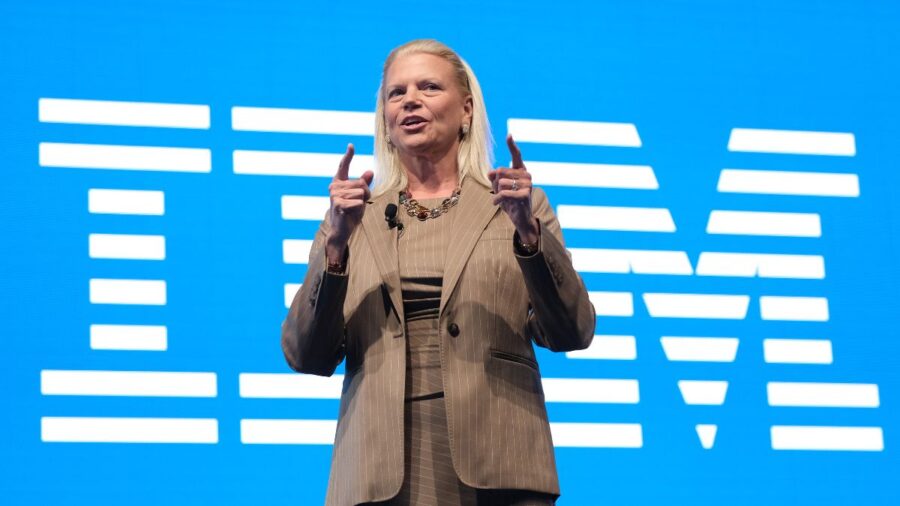
Ginni Rometty became the first woman to lead IBM when she replaced Sam Palmisano as CEO of the technology company in 2012. The tale of her rise to the top is often cited as an example of smooth succession management due to the long-term planning and preparation that was put in place.
Rometty first joined the business as a systems engineer in 1981 and her leadership qualities were identified early through IBM’s internal talent identification and development scheme called the Workplace Management Initiative.
As a result, Rometty built experience in a number of leadership roles at the business, including as head of its global business services. She is credited with leading the successful integration of PriceWaterhouseCoopers, following IBM’s acquisition of the consulting firm in 2002.
This positive track record and her knowledge of the business and its culture made her an excellent candidate for the CEO position when Palmisano stepped down. Although her eight years in charge of the Fortune 500 firm saw mixed financial returns, Rometty oversaw a massive transformation of the business, transitioning IBM away from its hardware roots and into the new era of AI, cloud and quantum computing.
Greggs’ ‘turnaround king’
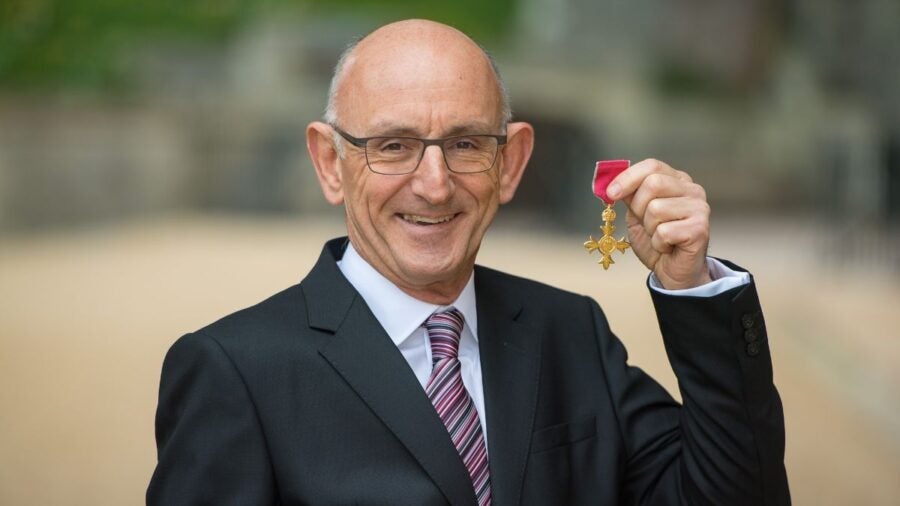
Bakery chain Greggs was in a sorry state when Roger Whiteside succeeded Ken McMeikan as its new CEO in 2013. The financial results for the year prior saw a disappointing slump in like-for-like sales (down 2.7%) and a 2.2% downturn in profits.
Whiteside, who had served on the company board as a non-executive director since 2008, wasted no time in setting out his new vision for the business. Greggs’ bakery roots were to be left behind in favour of catering to the growing on-the-go food market – out went the sliced bread and in came the sausage rolls.
The new strategy did not pay dividends immediately as new store openings and shop redesigns took a toll on its pre-tax profits, which were down 18.9% in Whiteside’s first year as CEO. However, sales were showing positive signs and a newly improved steak bake recipe helped to boost sales growth by 3.8%. By 2014, the fortunes of the bakery chain had completely changed and pre-tax profits rose 41.1% to £58.3.
Reflecting on the remarkable turnaround of Greggs, Whiteside told Newcastle’s Chronicle Live: “You can’t turn a business around on a sixpence… But the plan worked straight away. I’ve never known that before.”
His successful transformation of the Newcastle-headquartered company led the local news outlet to dub Whiteside the “turnaround king” and Whiteside’s overhaul of Greggs has helped it become a high-street staple across the UK. Whiteside was succeeded as CEO by Roisin Currie last year who will be hoping to continue his track record of growth.

Succession, which follows the Machiavellian manoeuvrings of the Roy family, returns to UK screens for its fourth season on Monday.
This final season promises to answer the overarching question that has propelled the narrative of the show so far: which, if any, of Logan Roy’s children will assume his position as CEO of the media conglomerate Waystar Royco?
While parallels can be drawn between the fictional firm – which has divisions in print media, broadcast and its own adventure parks – and Rupert Murdoch’s business empire, there have been numerous tales of contested successions from the corporate world that could rival some of the plotlines on the show.



